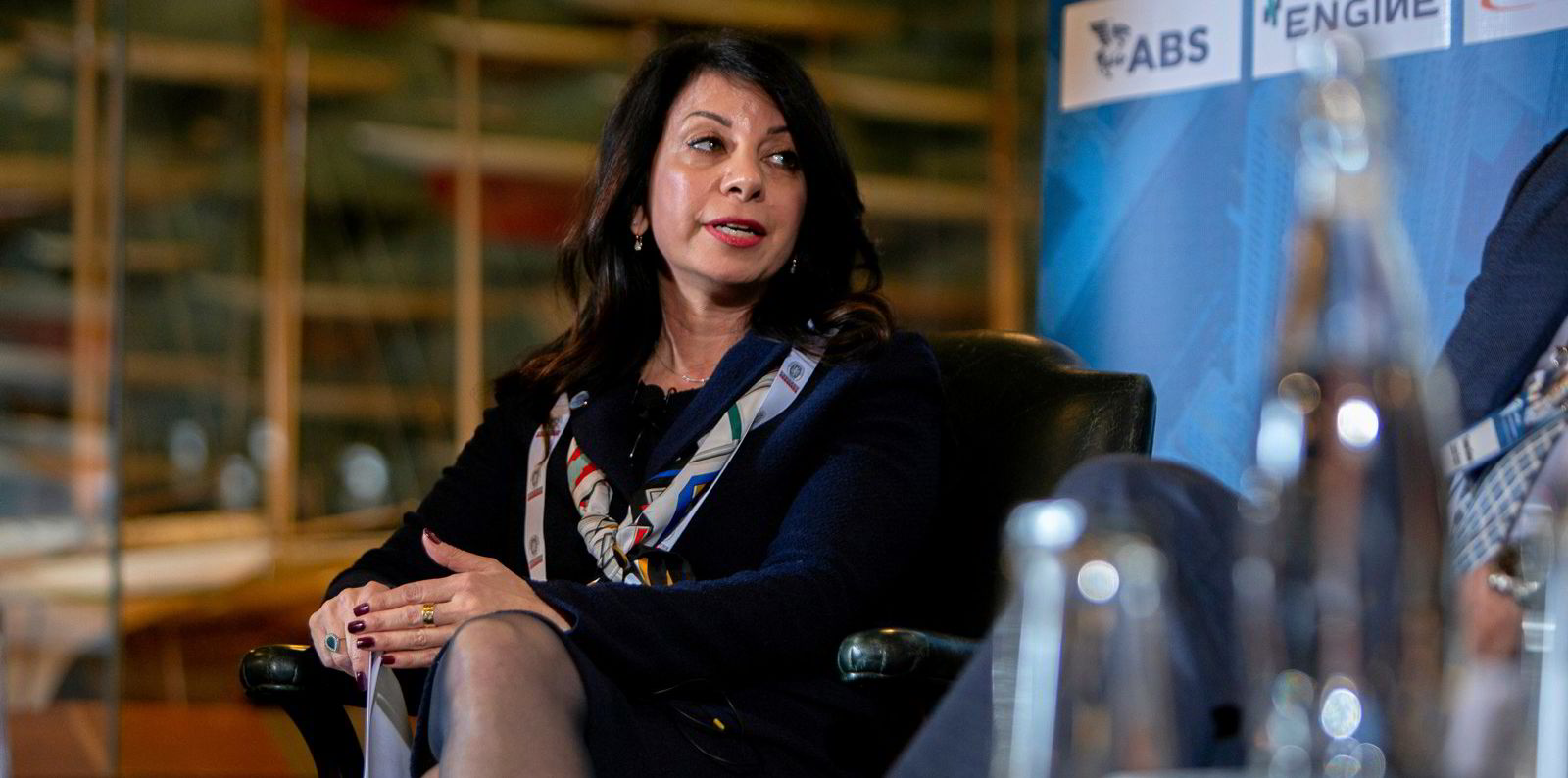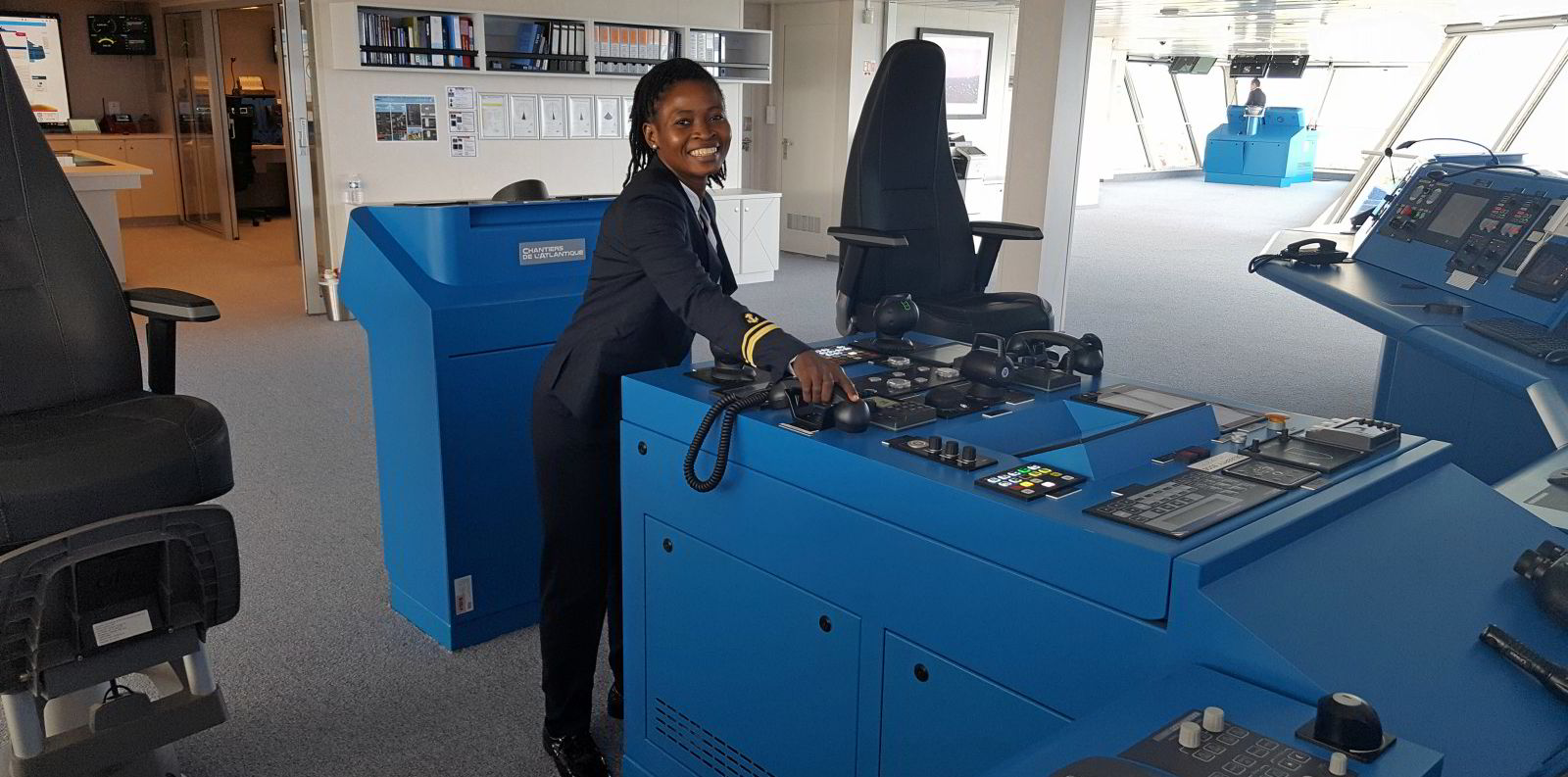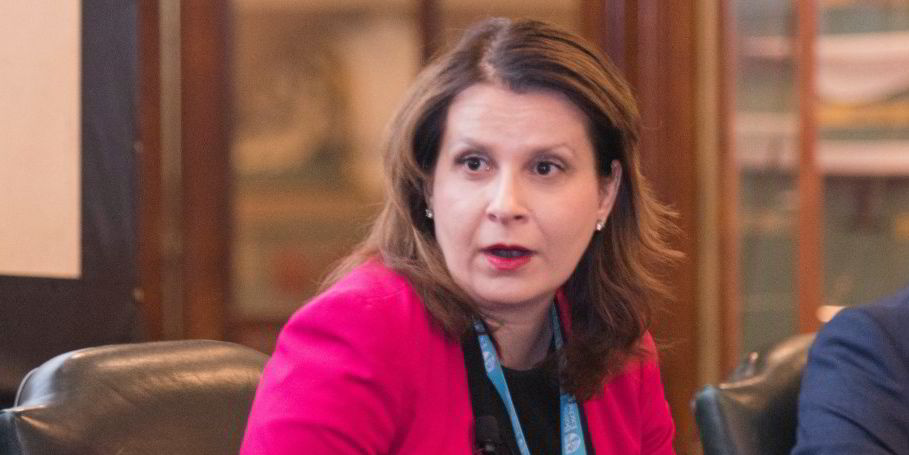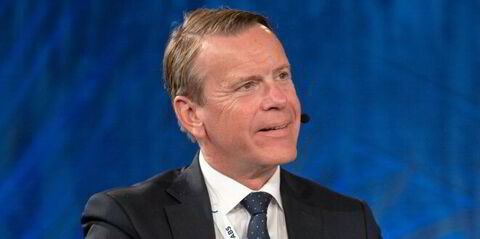As Hurtigruten looks to restart its expedition cruise business, it does so with women as chief executives at both of its key operating divisions.
And at the Shipowners Claims Bureau office in Greece, we find American Club deputy chief operating officer Dorothea Ioannou leading a team of 12 women and just three men.
But while flipping through TradeWinds this week you will find these two examples of women playing an increasingly high-profile role in shipping, but the examples are still too few.
The entire maritime industry must champion the cause of improving gender equity if it is to make any meaningful progress on this often-ignored elephant in the room.
The onus cannot fall on just individual corners of this ancient industry to lift the profile of women in shipping, and companies' efforts must be rooted in action, not just words.
All sectors need to come together and pull up the rusty anchor chain on an issue that has been mired in centuries of unchanged thinking that has formed somewhat of a "boys' club".
Some owners have disclosed efforts to improve equity in environmental, social and governance (ESG) reports under investor pressure, but are they really trying?
A recent TradeWinds survey of 31 ESG reports revealed that only 19 of them included their gender breakdown, while only four of them offered any initiatives to improve gender equity.

Many others mentioned that the companies followed internal or external guidelines of some sort without listing any actionable items.
The survey, published in a TradeWinds article on 1 July, also uncovered that four shipowners made no mention of gender equity in reports that instead focused on fleet diversity and efforts to become greener.
Almost half of the industry's shore-based workforce is female, but men hold an overwhelming majority of leadership roles.
Women occupied only 5% of executive positions offered on land as of March while taking up 95% of administrative roles, according to Spinnaker Global and the Maritime HR Association.
Cruiseship owners lead the pack with numerous females in leadership roles.
For example, Carnival Corp, the world's largest cruise provider, has three women on its 12-member board and the same number of females leading three of its brands.
Since 2007, the industry has also appointed several women as captains of very expensive ships carrying thousands of passengers across unpredictable seas.
Cruiseship owners that have put females in charge of these assets include Royal Caribbean Group's Royal Caribbean International and Silversea Cruises as well as Carnival's P&O Cruises and Cunard Line.
Kate McCue became the first American female cruise captain when she took the helm of Celebrity Cruises' 2,918-berth Celebrity Edge (built 2018) in 2019.
In June 2019, Sir Richard Branson-backed Virgin Voyages appointed Canadian Wendy Williams as captain of the 2,770-berth Scarlet Lady (built 2019), but she left the role in February 2020.
At the same time, data from the International Maritime Organization shows that the industry employs 94% of the women who work at sea, even though cruise makes up a small proportion of the global shipping fleet.
But equity, or provision of equal opportunity within maritime, should not stop with cruiseship owners. Other groups within maritime must also step up to the plate on this one — and swing for the fences.
Ship management companies should do everything they can to ensure equal opportunities in seafaring, where an estimated 98% of 1.89m of shipboard workers are men.

Only 30% of 24,059 women working at sea have reached officer rank, but that is a 49% improvement from 2015, according to the 2021 Seafarer Workforce Report released in late July by Bimco and the International Chamber of Shipping.
But this statistic also underlined that women make up a minuscule number of the 857,540 officers across shipping.
Maritime's education sector must also play a part in the gender equity gap by raising industry awareness and attracting women to it.
After all, women need to be aware of and interested in maritime jobs if they are to pursue a career in the industry.
To this end, almost one-third of maritime colleges have implemented measures to "actively [take] steps to motivate women" to enroll in their curricula, such as offering them 10% discounts on tuition, according to the report.
Still, only 2.3% of ship officers are women, three years after a dozen companies throughout maritime signed a pledge to commit to gender equality
"It is therefore vital to actively promote careers at sea [and] enhance maritime education and training," they said.






